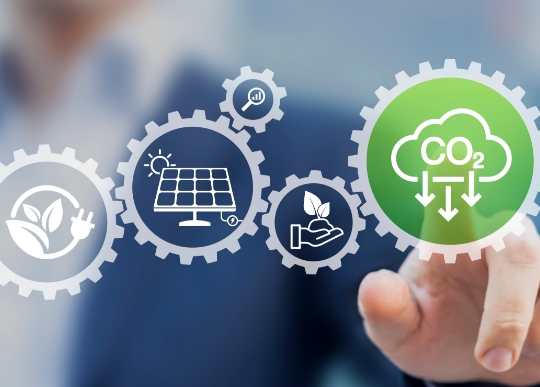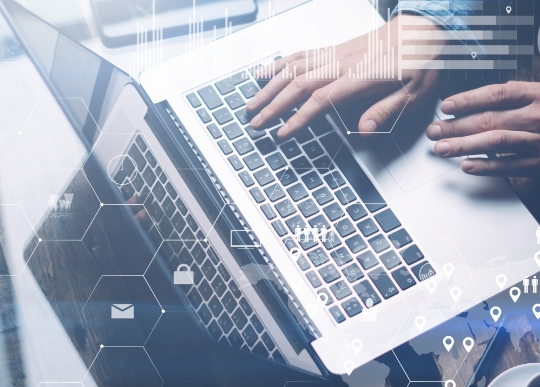
When Canadian social scientists Anabel Quan-Haase and Barry Wellman invented the term “hyperconnectivity”, they were probably unaware of the impact it may create in today’s world.
Hyperconnectivity, where everyone and every “thing” is connected and communicating with each other, is essential to digital transformation and will ultimately change the way we live. Hitachi, with its social innovation business model, is in a unique position to bring more connectivity through its advanced technologies to boost people’s lives, particularly in the Association of Southeast Asian Nations (ASEAN).
“To achieve a seamlessly and comprehensively
connected and integrated ASEAN that will promote
competitiveness, inclusiveness, and a greater sense
of community.”

Global technology leader Hitachi is on a mission to deliver innovation to tackle social issues through the development of superior products and services by combining advanced OT X IT expertise and enhanced digital technologies like Lumada to accelerate ‘collaborative creation.’ Hitachi’s collaboration with GlobalLogic helped to enhance customer experience with the help of new digital technologies.
In its endeavor to contribute to Singapore’s Green Plan 2030 and build a decarbonised society with better connectivity, Hitachi leveraged cutting-edge technologies and was commissioned by BCA (Building and Construction Authority) to build the Super Low Energy Building platform for green buildings and a national database that collates and analyses green technologies.
With its technological prowess, Hitachi is helping to build smart cities as it has access to myriad aspects of smart city technologies including electric vehicle charging infrastructure, renewable energy, energy storage, and security.

ASEAN, home to more than 620 million people, is a land of great opportunities for establishing robust connectivity. The ASEAN companies are leveraging technology to optimize everything and embrace a digital future, where connectivity is the norm. We look at the sectors where hyper-connectivity may take a center in the future.

5G networks are progressing rapidly in Southeast Asian countries. The increasing internet penetration and digital economy have left the tech-savvy consumers awaiting the 5G revolution, which is indispensable for the future rollout of the Internet of Things, wireless devices, contactless services, connected networks, remote healthcare, smart cities, and transportation.
1G era Briefcase-sized phones and brief conversations between people
2G era Demand for mobile services which never slowed down
3G era Phones that could fit in pocket and mobile internet
4G era Smartphones, app stores and YouTube
5G era Reimagining our professional and personal lives with AI/AR, connected devices, and gaming





Pioneering technology leaders like Hitachi nurture the spirit of innovation and co-creation as part of curating creative solutions to the world’s biggest problems and enhancing resilience, security, and sustainability. This level of innovation conceives new connectivity models, and transformational technology to forever change peoples’ lives for generations to come.
Date of Release: August 2022